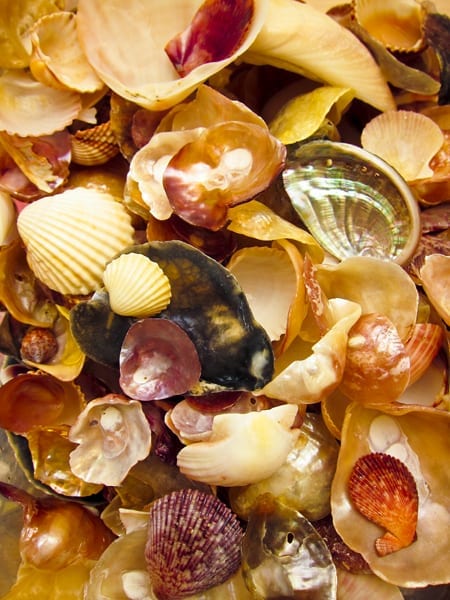By Daniel de la Calle
On my last blog post I promised a picture from the wind turbines around Zahara de los Atunes in Spain. Driving with my daughter on the twisty road with no shoulder three days ago I chickened out and chose life over greatness. We humbly pulled out on a dirt road that communicates the turbines and local farms, where I could only get partial views of the hundreds of three armed giants.

These days we are in Europe’s Southernmost camping ground, Rio Jara, so we have breakfast with eyes on the Riff mountains of Morocco, barely 20 miles away. Only a narrow sliver of Atlantic Ocean separates both continents at this point. A simple life: we pick up shells, watch kite surfers, throw seaweed at each other, move sand around in the futile and insane fashion everyone with kids does (here a pool, there a mountain with a castle on top) and if she happens to make a friend, I read a bit. Two or three years ago, when we were shooting on Oslo, I bought a book titled “How To Live A Low Carbon Life”, written by a man named Chris Goodall. I had meant to start it for a long time, but only now I threw it in the backpack. I am so glad I did, all I have read so far is profoundly interesting, informative and true.
“The generation brought up in times when energy was much more expensive compared to manual labour are gradually disappearing. Their habits of turning off appliances or of walking rather than driving will die with them. Younger people may have never acquired those behaviors but, perhaps even more worryingly, also appear to be much less interested in environmental matters. Unlike earlier environmental movements of the 1960s and 1970s, interest in climate change appears to be lower in the young than among the old.”
I am sure to include more quotes and information extracted from the book during the next few weeks. In five pages I will come to the simple daily measures everyone can take to live that life with less carbon. Now I think you should mover your mouse over the title, which hides a link, and click.
Learning about Ocean Acidification completely changed the way I look at shells (or the ocean, for that matter). When we go hunting we are both particularly fond of those that have eroded to the point that only the mother-of-pearl is left. Must be the hardest part, that is why it is the last to turn to sand. Some are paper thin, like yellow, read, white and purple baby nails, so brittle they break in my pocket. Why are crows and us people so fond of colorful shiny things?
Some of our hundreds of treasures:



